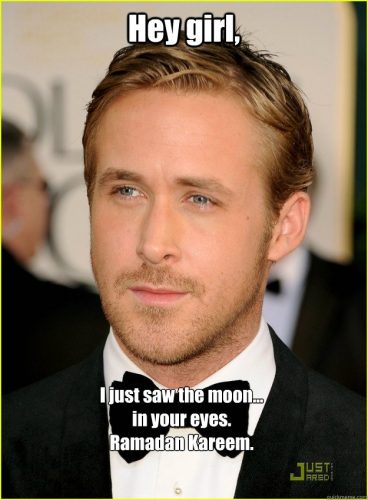
Ramadan is the ninth month of the Islamic calendar. The Islamic calendar being lunar, marks the beginning of Ramadan with a crescent moon sighting.
Muslims worldwide fast from sunrise to sunset to celebrate the first revelation of the Quran to Prophet Muhammad (peace be upon him). Fasting for Muslims, during Ramadan, not only includes refraining from eating and drinking but negativity as well. Ramadan is seen as a time of self-cleanse and reflection. Many Muslims use this time to make a habit of positive change and better themselves for the future.
Feeling a little hungry? Distract yourself with this listicle that describes the types of people you meet during Ramadan. Of course, not everyone falls into these categories – but the best always do.
1. People who suddenly become “religious” and claim everything is forbidden or Haram
“Hey, is that music you’re listening to?”

2. Those who are impossible to wake up for Suhoor (breakfast before sunrise)

3. The ones that wake up yet – can barely keep their eyes open

4. People who forget they are fasting

5. People who ask if they can start eating… when it’s only been 5 minutes since suhoor.
“Can we eat yet?”
“No”
5 minutes later
“How about now?”
“No.”

6. People that sleep all day and wake up just in time for Iftar (meal to break the fast)

7. Those who wish they could nap all day

8. Overly dramatic people who claim they are dying

9. The people who are so eager to eat – they break their fast a little too early
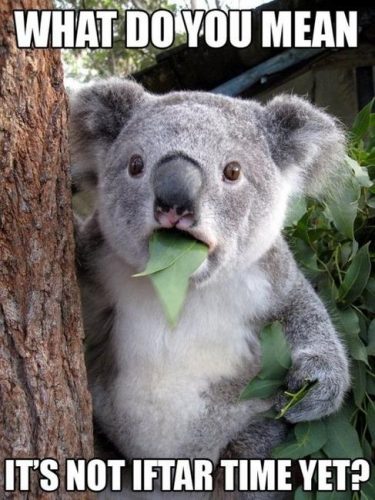
10. The people who are skeptical of when Iftar actually is
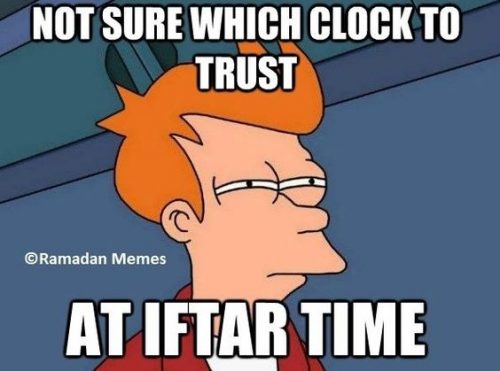
11. The people who know exactly when Maghrib (prayer at sunset) is – only during Ramadan
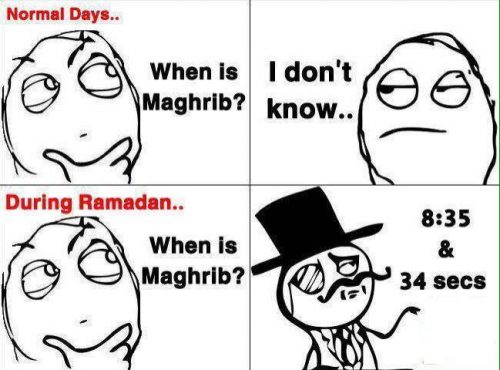
12. People pho eat everything in sight once they break their fast at iftar

13. Skeptics that constantly question whether or not you are fasting

14. Siblings that watch to make sure you don’t mess up
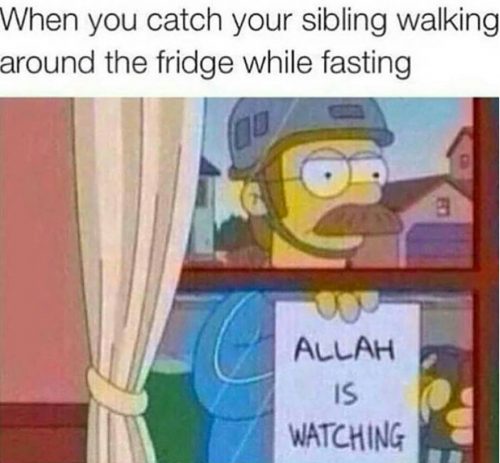
15. And Ryan Gosling, because why not?!
